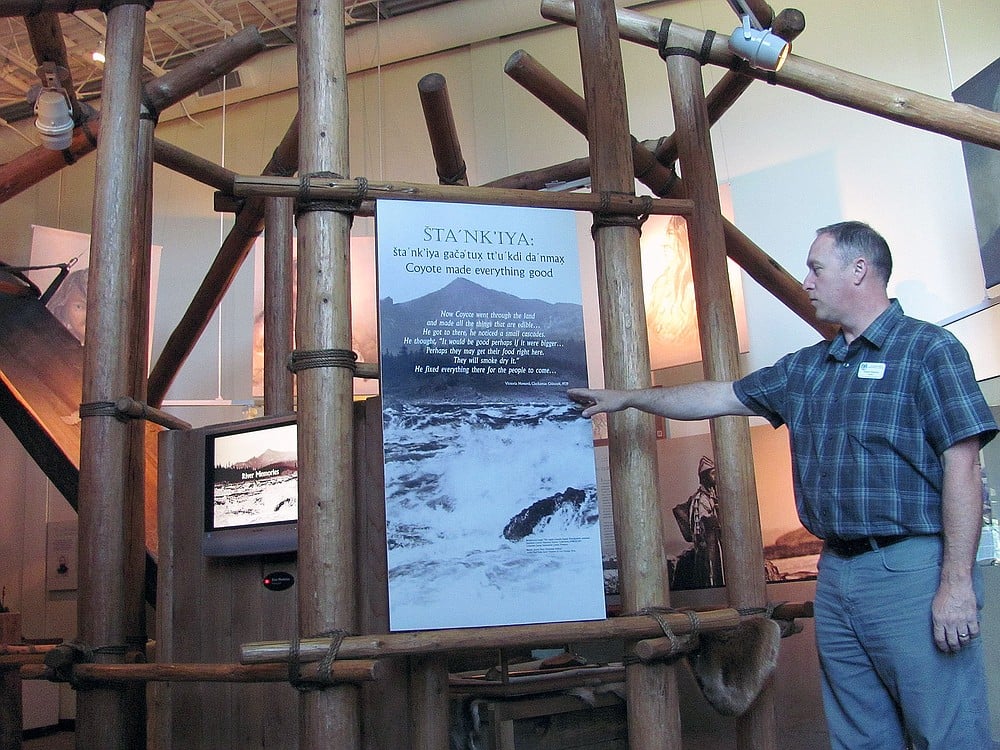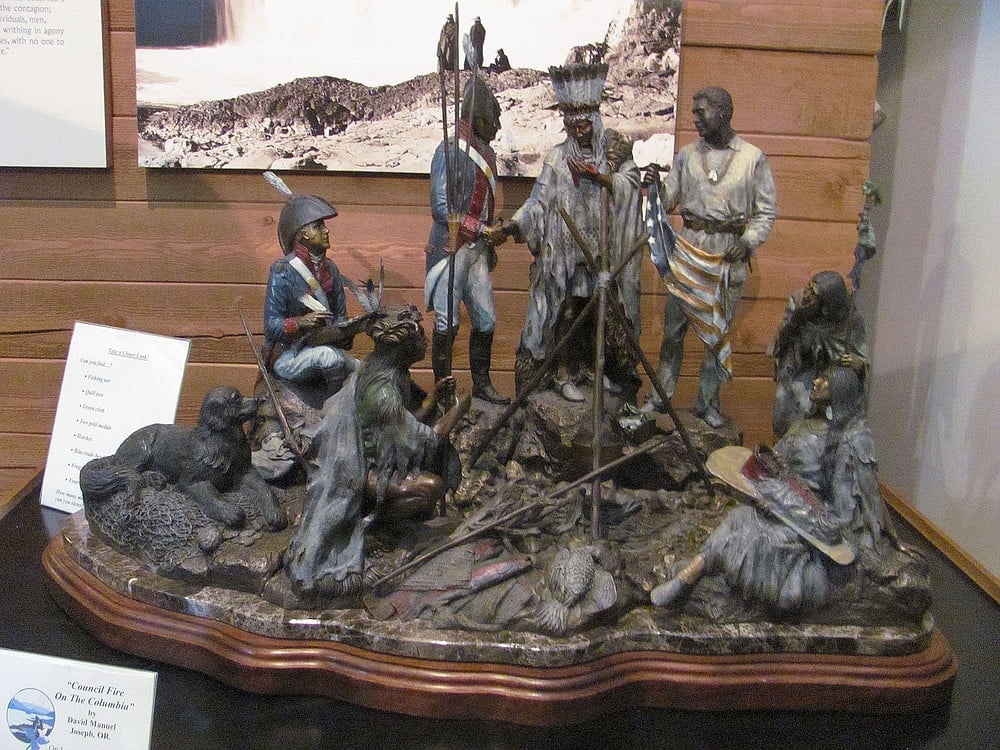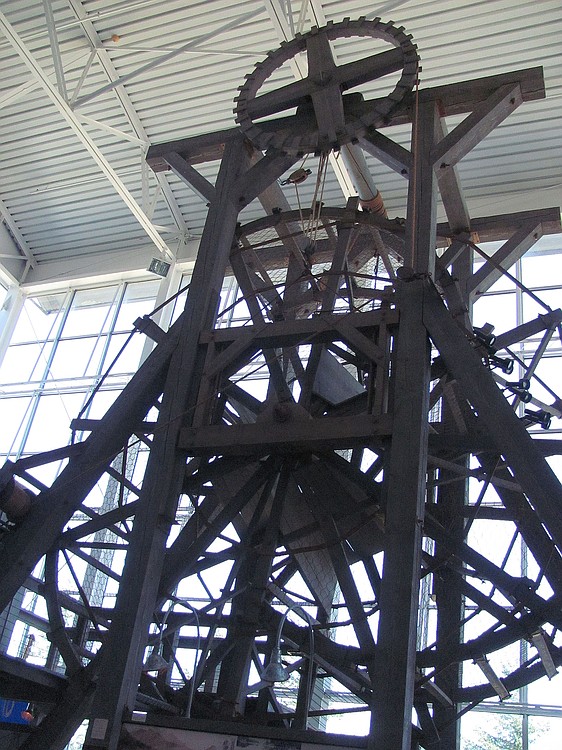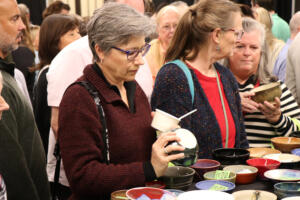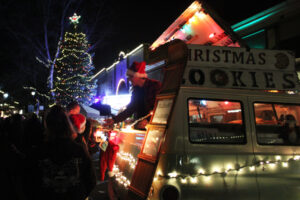What: Columbia Gorge Interpretive Center Museum, 990 S.W. Rock Creek Drive, Stevenson
Hours: 9 a.m. to 5 p.m. daily. It is closed New Year’s Day, Thanksgiving and Christmas Day.
Admission: Adults, $10; seniors and students, $8; children 6 to 12, $6; family rate, $30. Call 1-800-991-2338 or visit www.columbiagorge.org for more information.
Robert Peterson is passionate about the Columbia Gorge Interpretive Center Museum.
He began as a part-time janitor when the Stevenson museum first opened its doors 20 years ago. Today, he serves as director.
“I filled in wherever I was needed when it was brand new and learned all the aspects to its operation,” Peterson said. “I have enjoyed it quite a bit, especially interacting with the guests. That is the best part.”
The museum, which became a reality after years of effort by the Skamania County Historical Society, features local history of the Gorge, an area that encompasses six counties, two states and 75 miles.

